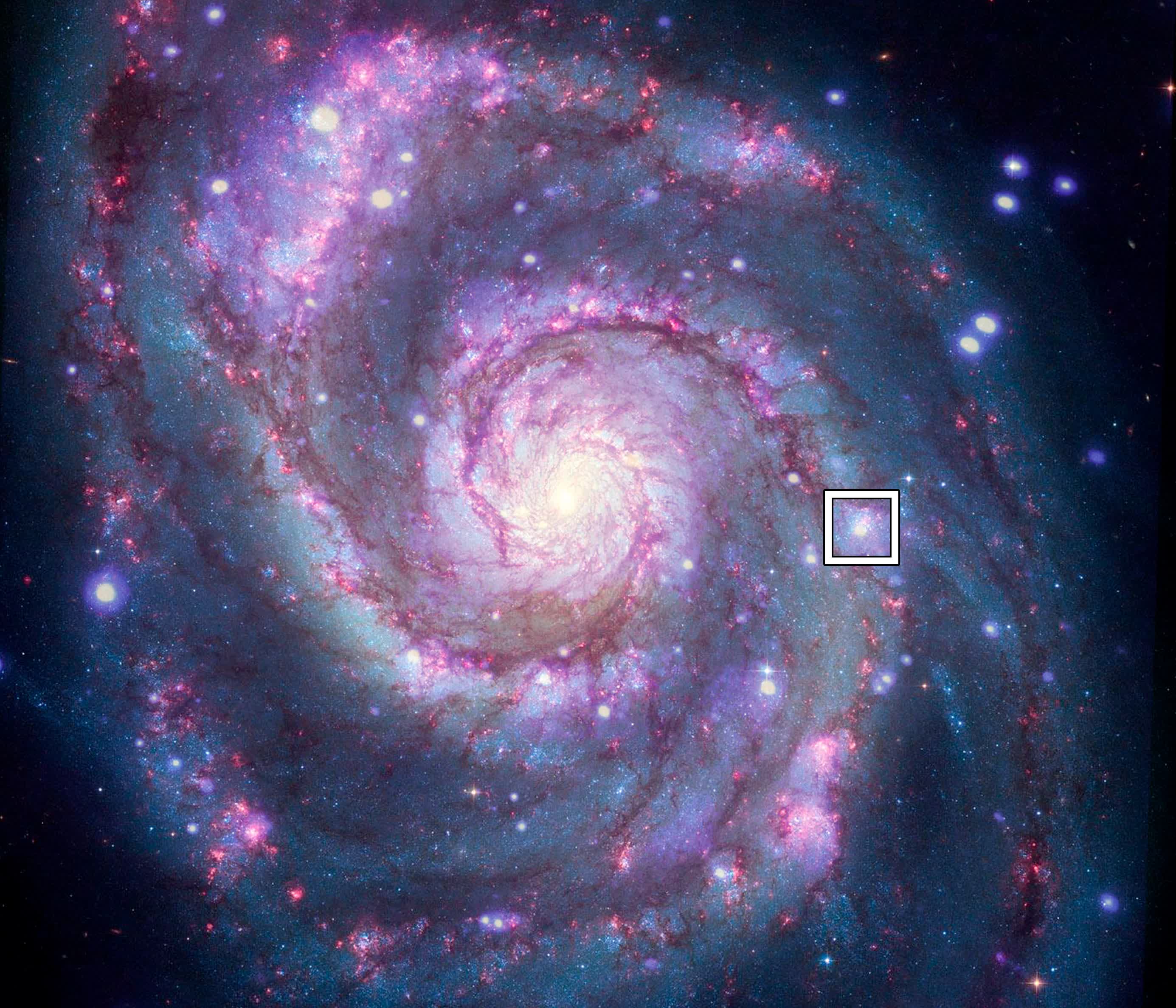The big picture: Finding an exoplanet candidate outside of the Milky Way is a big deal, but it shouldn't be all that surprisingly considering the vastness of space. According to a 2016 study, there could be as many as two trillion other galaxies in the observable universe. Even in the Milky Way alone, there are believed to be upwards of 100 billion other planets.
NASA believes it might have evidence of a planet traversing a star outside of the Milky Way galaxy.
Exoplanets, or planets outside of our solar system, aren't anything new. Astronomers detected what they thought might be an exoplanet way back in 1988, and confirmed their suspicions a few years later. Since that time, more than 4,000 exoplanets have been discovered and are considered "confirmed."
Unsurprisingly, all of them reside within our own Milky Way galaxy, and most are within 3,000 light-years from Earth or less.
A team of researchers led by Rosanne Di Stefano of the Center for Astrophysics | Harvard & Smithsonian (CfA) in Cambridge, Massachusetts, used the Chandra X-ray Observatory to witness a transit in a spiral galaxy called Messier 51 (M51), also known as the Whirlpool Galaxy due of its distinctive profile, that's about 28 million light-years away.
A transit occurs when a planet passes in front of a star, blocking some of the star's light. In this instance, they were specifically looking for dips in the brightness of X-rays. The transit they observed lasted roughly three hours. Based on this and other information, the team estimates that the exoplanet candidate could be roughly the size of Saturn and orbit a black hole or neutron star at about twice the distance that Saturn is from our Sun.
More data will be needed to confirm the exoplanet. Unfortunately, due to the candidate's large orbit, it isn't expected to cross in front of its binary partner again for another 70 years. And even then, they wouldn't know exactly when to watch for the short transit.
